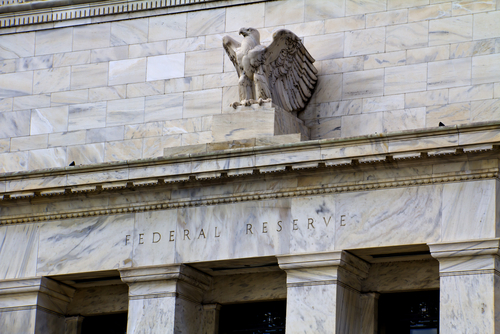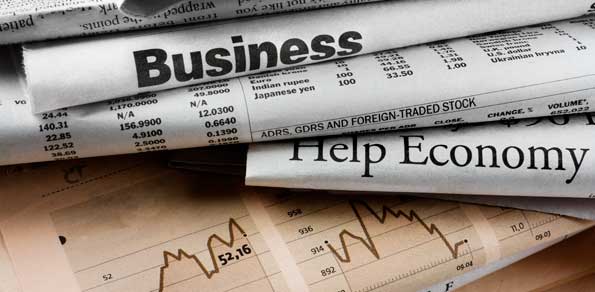The Federal Reserve left interest rates unchanged at 0-0.25% during their December policy meeting. Jerome Powell The Fed chair announced the central bank would continue to buy $120 billion of bonds each month until they observe improvements in the US employment and inflation data. The Fed believe the US economy will shrink less in 2020 and expand faster in 2021 and 2022.
The Fed decision and statement had a moderate effect on US equity markets and the US dollar; the DJIA 30 traded in a narrow range and close to flat at 8:30 pm UK time on Wednesday evening, the SPX 500 was up 0.38%. Equity market traders still await a definitive announcement over the Pandemic Relief Bill, a result that looks a foregone conclusion.
US markets rose despite disappointing retail figures which fell by -1.1% in November, the USA economy and consumers haven’t experienced forms of lockdown over recent months; therefore, severe restrictions have not impacted sales.
US dollar continues its sell-off versus its peers
The Dollar Index (DXY) maintained its recent slide, down -0.23% on the day and -6.39% year to date. USD/CHF traded in a wide range during the day’s sessions, the currency pair oscillated between bearish and bullish conditions, falling through S2 during the London session, then rebounding to R1 late in the New York session. Finally, as the close approached the pair traded close to flat on the day at 0.8858, and down –8.84% YTD.
EUR/USD was trading up 0.24% on the day adding to the year-to-date gains which currently stand at 9.20%. Like USD/CHF the currency pair whipsawed in an extensive range during the day’s sessions, breaching R2, retracting back to the daily pivot point, and then retaking a position above R1 deep into the New York session.
GBP/USD experienced bullish sessions on Wednesday, aided by USD weakness across the board and remarks from the European council’s chief Brexit negotiator that a deal was likely. How true this offer remains doubtful; many analysts view it as tactics by the EU as the clock ticks down to the UK’s exit on January 1.
EUR/GBP traded in a tight bearish range, between S1 and close to the daily pivot point, trading down -0.7% at 0.9032 and up 6.32% year-to-date. The euro gained ground versus many of its peers during the day’s sessions, news that the EU are about to approve Pfizer’s vaccine improved market sentiment.
Germany’s manufacturing PMI beat the forecast of 56.4 coming in 58.6, while the services PMI came in at 47.7 also beating the Reuters forecast of 44.0. The French PMIs also printed readings beating the estimates. Germany’s DAX closed 1.69% up, France’s CAC up 0.48% and the UK FTSE 100 closed the day up 1.03%.
The DAX is now in positive territory for 2020, up 1.51% YTD; in contrast, the FTSE 100 is still down -13.46% despite the recent rally global markets have experienced. Inflation has fallen by -0.1% month on month during November, and the annual figure is 0.3%. Retail price inflation fell by -0.3% in the month, potentially good news for consumers in the run-up to Xmas, bad news for UK state-pensioners whose pensions get calculated by using RPI.
Economic calendar events to monitor carefully during Thursday, December 17 sessions
The UK’s central bank the BoE will announce its latest rate-setting decision at noon UK time on Thursday, the expectation is for the rate to remain unchanged at 0.1%. The prediction is that the QE bond-buying programme will stay at £875b. Traders and analysts will monitor the press conference held by Andrew Bailey the Governor carefully for signs that the BoE are prepared to take the UK base rate into negative territory in 2021 for the first time in its history. In the afternoon the latest weekly unemployment claims number will be published by the BLS, the forecast is for 800,000 new claims for the past week, an extremely worrying prediction given that seasonal hiring should be in full swing by now. Building permits and housing starts in the USA should illustrate that confidence in the sector has remained high during the winter months.


